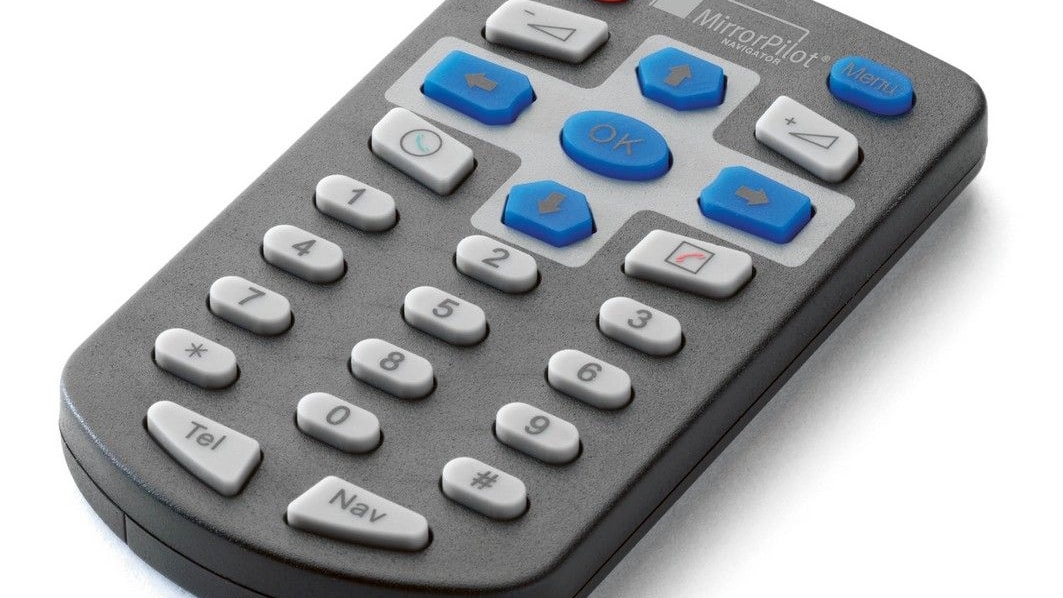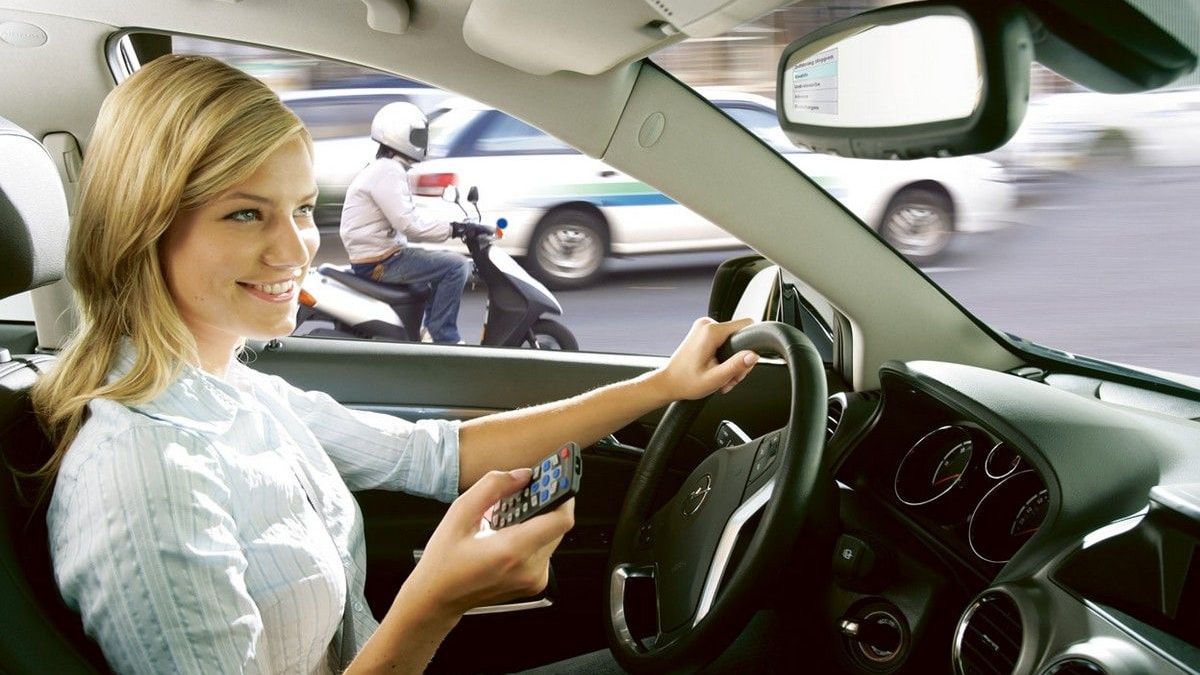The device itself is simply a moderately endowed sat-nav system. What makes it unique is its integration into the rear-view mirror. Some carmakers have integrated compasses or temperature displays into their mirrors displays and integrated universal garage-door openers are almost a standard feature these days. MirrorPilot adds full 2D and 3D GPS navigation with over 800,000 locations and an expandable map system. If the Hitchhiker’s Guide to the Galaxy were rewritten today, it might advise leaving the towel at home and instead bringing along your rear-view mirror.
Equipped with a SD-card slot to enable map updates, and available from the factory configured for either D/A/CH or EU region use, the MirrorPilot also features free access to traffic alerts, automatic day-night mode switching and a remote control for easier use. Priced at a fairly reasonable €699 for the D/A/CH region or €799 with full EU region maps, the MirrorPilot is sure to win some fans.
And although it hardly seems any more dangerous or distracting than a poorly mounted window-obstructing aftermarket GPS system, one has to wonder whether the tiny screen and rear-view mounted location might actually counteract the supposed benefits of being in the driver’s line of sight. Also, the remote control unit requires at least one hand to operate – there is no voice control option – as do the on-mirror buttons, meaning at least one hand is off the wheel if used while driving. A lack of Bluetooth integration and voice-announced directions also decrease the potential of this device’s attention-saving ability. Perhaps integrating those additional features would be too expensive, or simply impossible given the size constraints, but those interested might be better off waiting for a second generation of the device to see if real benefits of the integration are forthcoming.





